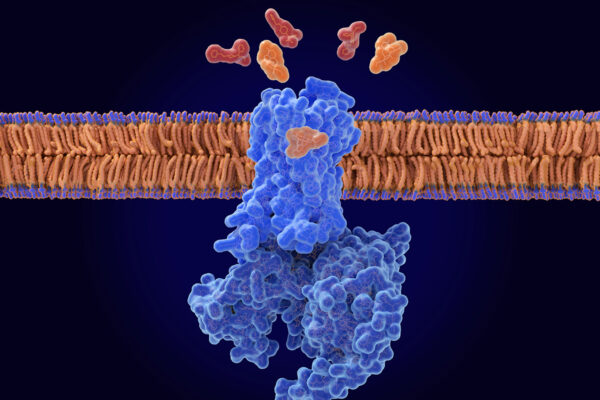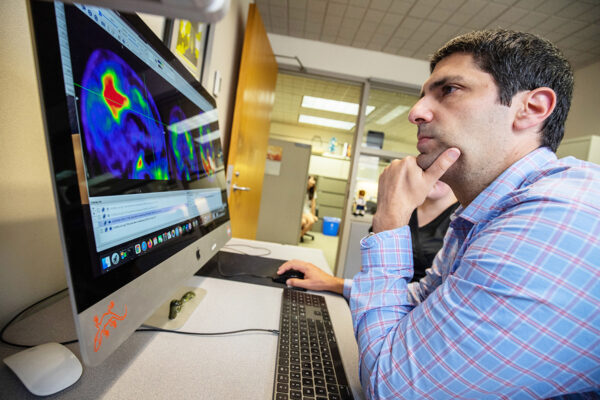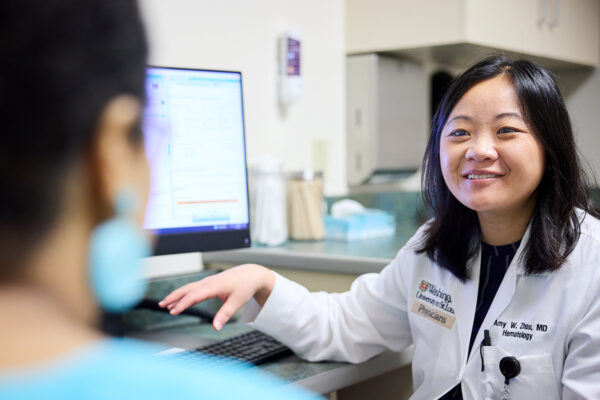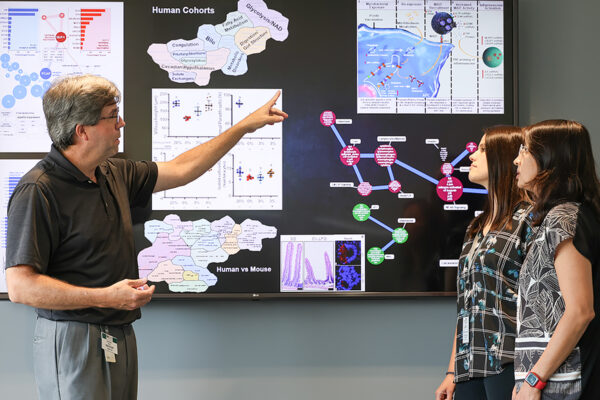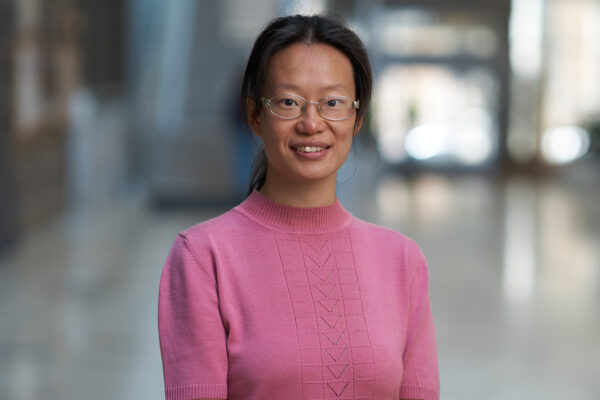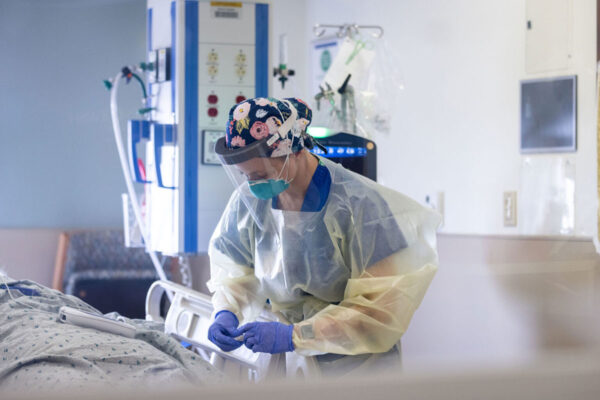Experimental drug supercharges medicine that reverses opioid overdose
Researchers at Washington University School of Medicine in St. Louis, with collaborators at the University of Florida and Stanford University, identified a compound that, in mice, makes naloxone much more effective at counteracting a drug overdose.
Link between childhood adverse events, Alzheimer’s disease to be studied
Brian A. Gordon, an assistant professor of radiology at the School of Medicine, has received an award from the National Alzheimer’s Coordinating Center and the Alzheimer’s Association to study how adverse events in childhood affect the risk of Alzheimer’s disease.
Midwest Center for AIDS Research to help end regional HIV epidemic
A team from Washington University School of Medicine in St. Louis and Saint Louis University have established the Midwest Developmental Center for AIDS Research to help end the HIV epidemic in the region.
Amy Zhou
Hematologist Amy Zhou, MD, an associate professor at the School of Medicine, values the connections she makes with patients. She is also pursuing research to improve blood cancer treatments.
WashU Medicine launches Center for Translational Bioinformatics
Washington University School of Medicine in St. Louis has formed a Center for Translational Bioinformatics. The center aims to accelerate research that can improve patient care by integrating comprehensive patient data and expansive genomic datasets.
Heart disease model puts cells to work
Researchers at Washington University can more effectively study mutations that cause heart disease by putting stem cells through their paces. Their research offers insight into the origins of hypertrophic cardiomyopathy.
Chen awarded two Scialog grants to study the molecular basis of cognition
Yao Chen, an assistant professor of neuroscience at the School of Medicine, is part of two teams that have been awarded grants to study the molecular processes that underlie memory and cognition.
‘You think, so you can dance’
In “The Neuroscience of Movement,” dancer and research scientist Elinor Harrison introduces students to the complex neural processes that allow us to coordinate thought, action and perception.
Cannabis use tied to increased risk of severe COVID-19
A study by researchers at Washington University School of Medicine in St. Louis shows that people with COVID-19 who used cannabis were more likely to be hospitalized and require intensive care than those who did not use the drug.
Social workers key to psychedelic-assisted therapies
As psychedelic-assisted therapy gains mainstream acceptance, the role of social workers, who provide a significant portion of mental health services in the United States, will become increasingly important in this emerging field, says an expert on mental health in the Brown School.
Older Stories
